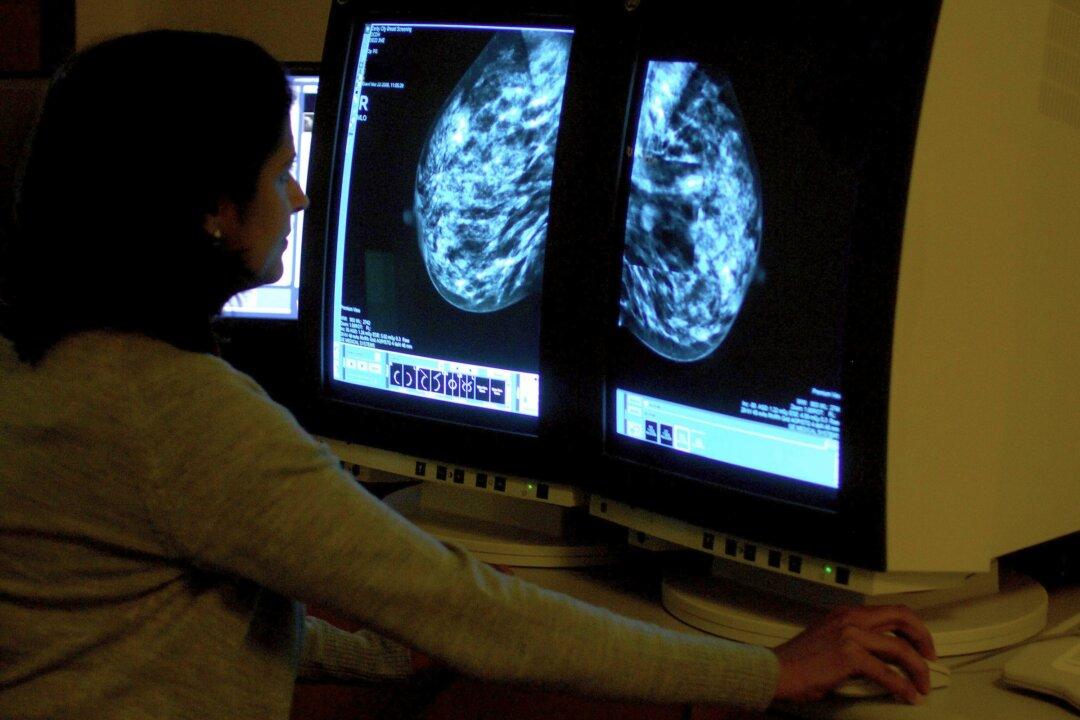Almost 1 million homes, farms, and businesses in the Republic and Northern Ireland are without power as record-breaking wind speeds swept across the island.
ESB Networks in Ireland and NIE Networks say they expect significant further outages as Storm Eowyn continues to batter parts of the island, with 725,000 customers affected in the Republic and 240,000 in Northern Ireland.
Some homes and businesses are expected to be without power for a week as an unprecedented number of power cuts are experienced.
While the red warnings have been downgraded in some 25 counties, many homes and business have been badly damaged by fallen trees and electrical lines.
A wind speed of 183 kmh (114 mph) was recorded in Ireland, the fastest since records began, according to the Irish forecaster Met Eireann.
Satellite imagery suggests a dangerous weather phenomenon known as a sting jet developed over Ireland on Friday, the Met Office has said.
Sting jets are small corridors of intense or extreme wind and usually cause widespread damage when they hit land.
When the red warnings expire, much of the country will remain under serious orange level warnings, and attention will turn to surveying the damage.
A multimillion-euro indoor playing facility in County Mayo was among many structural causalities.
Strong winds ripped through Connacht GAA’s Air Dome in Bekan, near Ballyhaunis.
The 3.1 million euro NUI Galway dome, which opened in 2020, hosted indoor games for all levels and ages in all weathers and is understood to be the largest sports air dome in the world.
Various championships and tournaments had been scheduled to take place in the facility over the coming weeks.
Connacht GAA said: “Unfortunately, the University of Galway Connacht GAA Air Dome was significantly damaged by Storm Eowyn overnight, thankfully no-one was hurt.
“Thanks to everyone for the support, it is our full intention to rebuild this magnificent facility as soon as possible.”
People across Ireland and Northern Ireland were urged to stay at home.
The top-level red warning for wind came into effect in both Northern Ireland and the Republic of Ireland from early on Friday.
Schools and colleges across the island are closed and public transport has come to a halt, with warnings of danger to life, fallen electric lines, damaged infrastructure, and widespread power outages.
Met Eireann said a gust of 183 kmh had been recorded at Mace Head, County Galway, at 5 a.m., just above the previous record high of 182 kmh (113 mph) set in January 1945 in Foynes, County Limerick.
It also reported that the mean wind speed record of 131 kmh (81 mph) set in 1945 in Foynes has been broken, with up to 135 kmh (84 mph) at Mace Head at 4 a.m.

Irish premier Micheal Martin described it as an “historic storm.”
He wrote on social media: “I urge everyone to stay safe and stay home as the impact of Storm Eowyn is felt right across Ireland. This is a historic storm.”
Deputy premier Simon Harris said: “Ireland has experienced the highest winds ever recorded and our power outages are widespread.
“Continue to heed the red warning and do not travel. The sea and shoreline are extremely dangerous.”
The National Emergency Co-ordination Group met on Friday to assess the impact of the storm.
The group’s chairman, Keith Leonard, said Storm Eowyn brought record-breaking winds and has caused widespread damage and disruption.
“Public safety remains our focus, and the public should continue to shelter in place where red level wind warnings remain valid,” he said.
“It’s also important to remember that even when a red warning expires, we may continue to see potentially dangerous and damaging conditions until the storm has fully passed.
“Weather warnings will remain in place for much of the country, so please continue to take care throughout the day.
“The aftermath of this storm is also going to present its own dangers. We are going to see widespread fallen trees, fallen power lines, and other hazardous debris, so I’m urging drivers to take extra care as we move into this evening and the weekend.
“And please heed the advice from the ESB—never approach fallen power lines and report such cases immediately to ESB emergency services.
“While public safety remains our number one priority, the NECG is also now pivoting to the recovery stage.
“We are liaising with agencies, local authorities and key stakeholders to assess the extent of the damage, which in some parts will be at unprecedented levels, and ensuring we get the right responses and resources into the right places to get the country back to normal as soon as possible.”
North of the border, NIE Networks said the storm is causing “widespread damage” to the electricity infrastructure.
By midday on Friday, about 240,000 customers were without power.
It said restoration efforts will take significant time as crews cannot begin work until it is safe to do so.
Dublin Airport announced more than 110 scheduled departures and 110 arrivals have been cancelled by airlines for Friday.
As the winds eased, the first flight took off from Dublin at about 9:30 a.m.
Police in Northern Ireland declared a major incident and said they expected the strongest winds in the region since the Boxing Day storm in 1998, which caused widespread disruption.
A number of huge trees were uprooted on Belfast’s Cyprus Avenue, damaging footpaths and homes.
The top-level red warning for wind covering Northern Ireland came into force at 7 a.m. and ended at 2 p.m.
A yellow snow and ice warning will come into place for Antrim, Armagh, Down, Fermanagh, Tyrone, Londonderry, from Friday at 7 p.m.
Power lines are down in some areas, while debris and fallen trees are scattered across a number of roads.
In Blanchardstown, an ice skating facility has been destroyed after the strong winds tore the structure apart.






